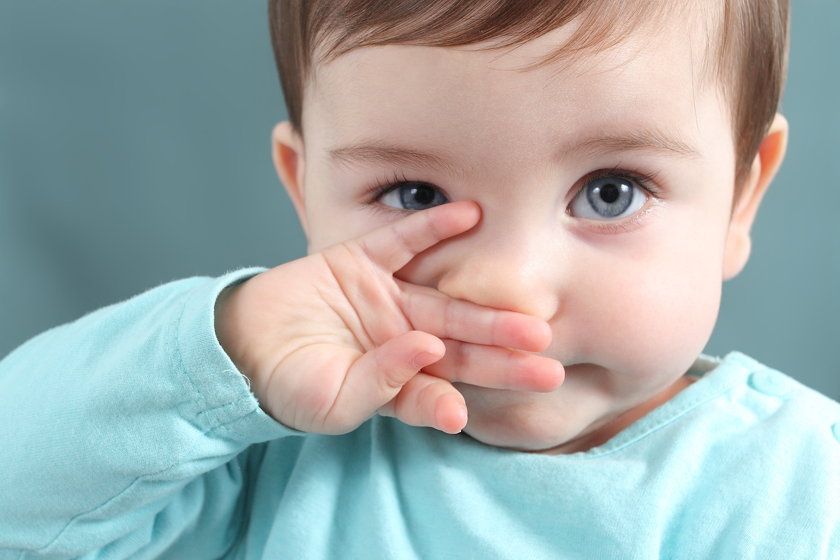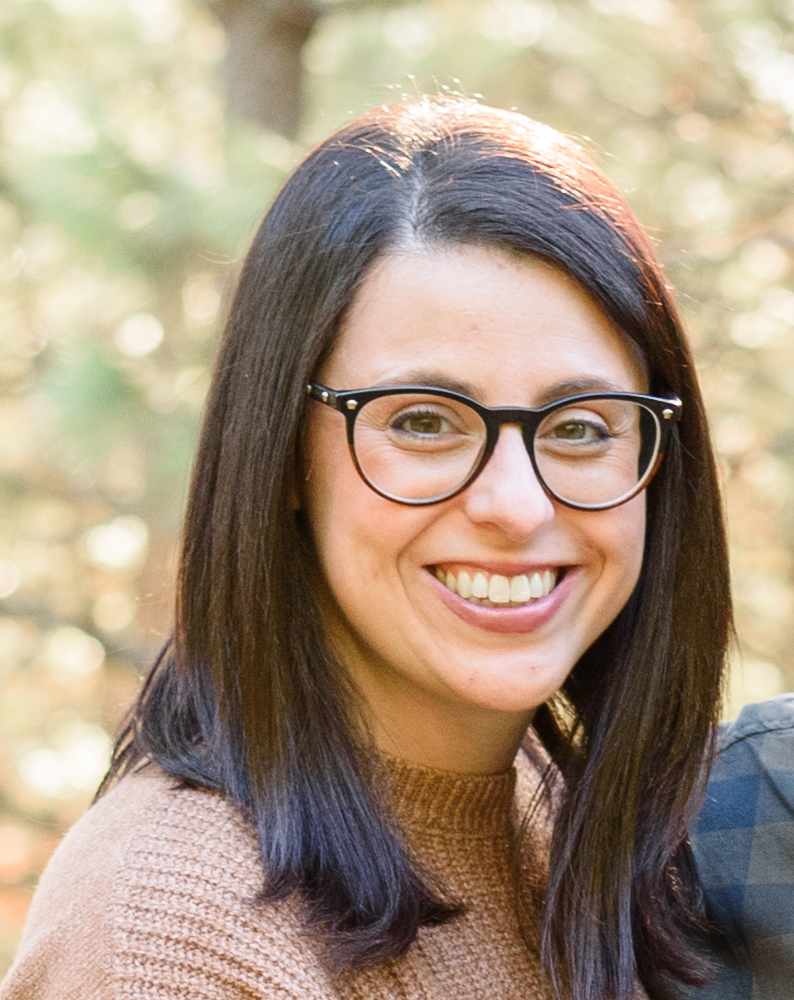
If you are a parent of young children, you know that this winter season has been scary for many families as we cope with unprecedented levels of respiratory infections in children. Along with RSV, or respiratory syncytial virus, we are also seeing large numbers of children sick with other viruses such as rhinovirus, COVID-19, and now seasonal influenza.
In addition to being a pediatrician and pediatric critical care physician, I am a mother of two young children, ages six months and four years, so I understand how nerve-racking it can be to care for a sick child.
Record numbers of families are seeking care and guidance from their physicians, urgent cares, and emergency departments right now. Children’s hospitals in Oregon are operating above capacity to provide care to those who need it. It’s important for families to know how to protect their young children from getting sick this holiday season. For those who do need care, it’s essential to know when to seek care and with who so we can make sure everyone gets the medical care they need in a timely manner. Except when emergency care is needed, we urge families and caregivers with concerns to contact their primary care doctor.
About respiratory syncytial virus (RSV)
RSV is a common respiratory virus that almost all children have by age two. Most children have mild symptoms that are the same as a common cold, such as cough, runny nose, poor appetite, fevers, and chills. Symptoms are usually the worst on days four to six of illness, and most children get better on their own. For some children, particularly babies less than one year of age, RSV can result in infection and inflammation of the smallest airways of the lungs—known as bronchiolitis. Children with bronchiolitis may require hospitalization to provide them with oxygen support. Some children become sick enough to need a ventilator and be cared for in a pediatric intensive care unit. The good news is that children are very resilient, and even those admitted to the hospital do very well.
How to care for a sick child at home
- Help your sick child hydrate and rest at home. It’s best to keep your child home from school or daycare when sick.
- It’s ok if your baby doesn’t want to eat solids. Focus on hydration by offering liquids frequently. Older children can have popsicles or Italian ice as a more delicious way to stay hydrated.
- While fevers are generally not dangerous to children, having a fever doesn’t feel good. Children of any age can receive acetaminophen, and babies older than 6 months of age can have ibuprofen. A cooling bath and keeping your baby undressed down to the diaper can also help reduce fever.
- For congestion, use a nasal suctioning bulb with saline drops. Avoid using cough suppressants as they are not safe for children. Using a humidifier at night can help your child sleep better.
When to seek medical care
Seek care if your baby or child is:
- Having trouble breathing or breathing faster or harder than normal
- Making grunting or wheezing noises
- Appears dehydrated, meaning less than three to four wet diapers per day
- Less alert and overall sleepier than you would expect, they should be evaluated
- Has had fevers daily for more than 7 days
- Has symptoms that worsen after 7 days
If your child is more than two months old, do not seek medical care just for a fever alone in the absence of other symptoms. Fever is a normal symptom of a viral infection and can be treated at home.
Do not bring your child to be seen for viral testing alone, as pediatricians, urgent cares, and emergency departments are overwhelmed caring for sick children. While it might feel reassuring to put a name to the virus, it does not change the treatment plan unless they have the worrisome symptoms mentioned above.
Please be aware there may be longer-than-normal waits at pediatric clinics, urgent care clinics, and emergency rooms in our region due to the increase in patients.
Stay safe at home and prevent the spread of RSV
- Be sure everyone in your family washes their hands thoroughly and frequently and covers their mouth and nose with their inner arm when sneezing or coughing.
- Be cautious with your young children around large groups of people, particularly indoors. If possible, avoid crowded indoor settings and close contact with sick people.
- Parents with new babies should feel empowered to say no to visitors.
- Clean and disinfect shared surfaces frequently.
- Mask up when in crowded indoor areas during this surge. Masks are effective at reducing the spread of this virus.
- Make sure your child is up to date on all routine childhood vaccinations including seasonal flu.
The most important thing you can do right now to help the community is to prevent your child from needing medical care. The healthcare community asks for your help and patience to preserve valuable resources so every child in Oregon can receive the medical care they need.
For more information, please visit the American Academy of Pediatrics https://bit.ly/3UfQ44s

Wendy Hasson, M.D. is the Medical Director of the pediatric intensive care unit at Randall Children’s Hospital at Legacy Emanuel. Dr. Hasson is double boarded in pediatrics and pediatric critical care medicine and serves as an official spokesperson for the American Academy of Pediatrics.
